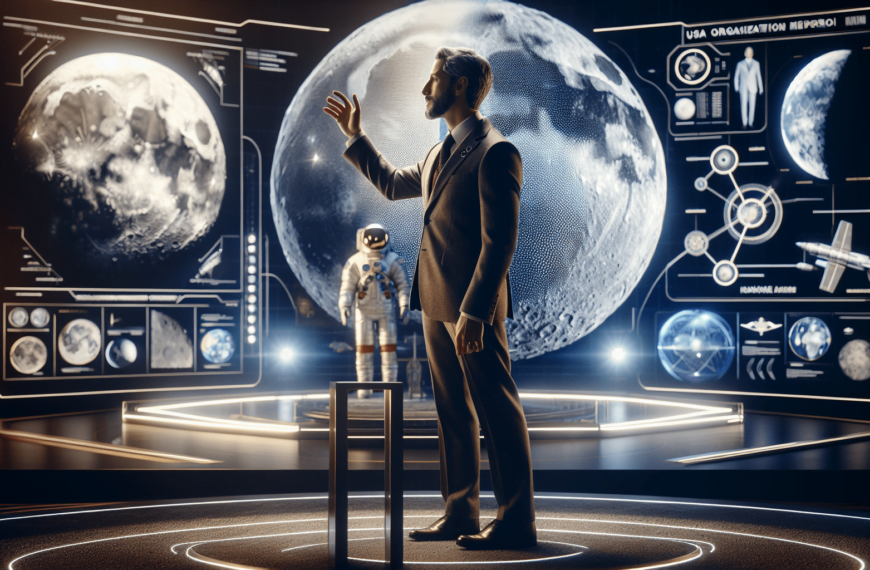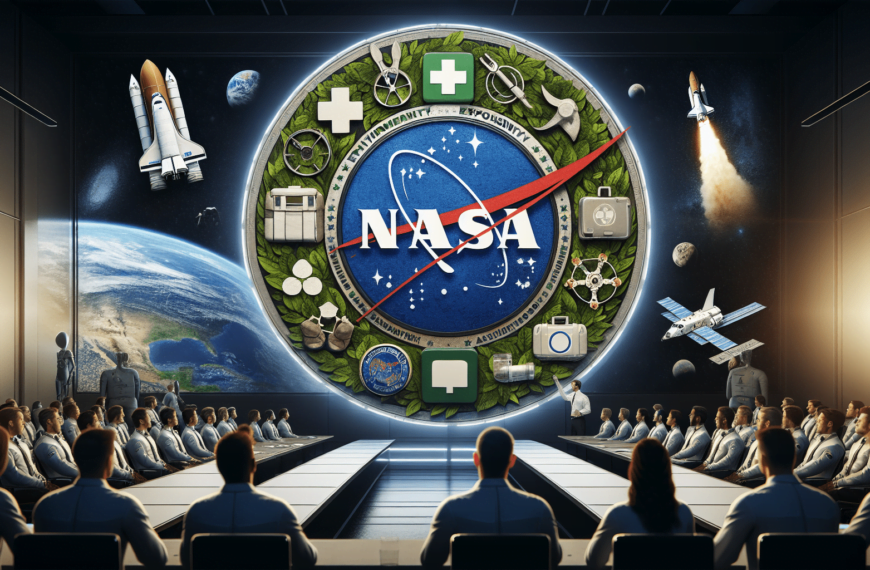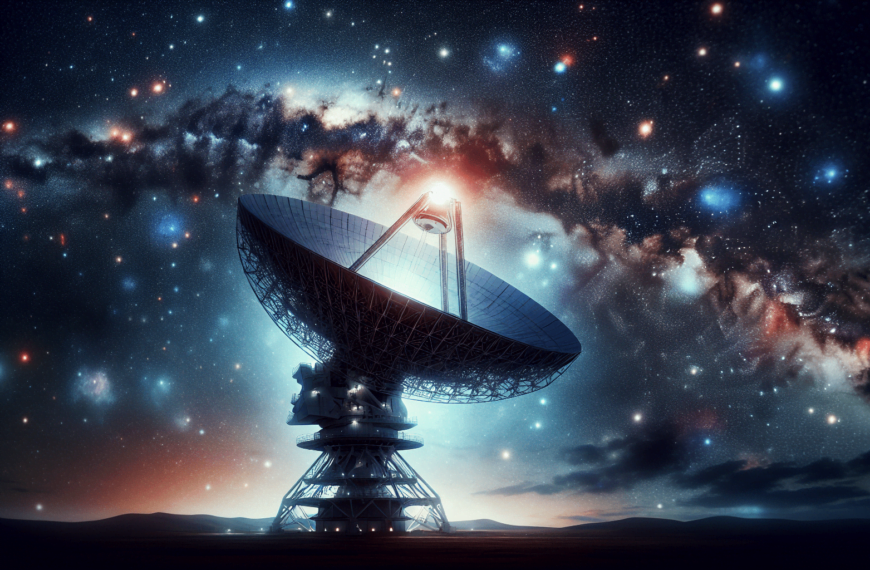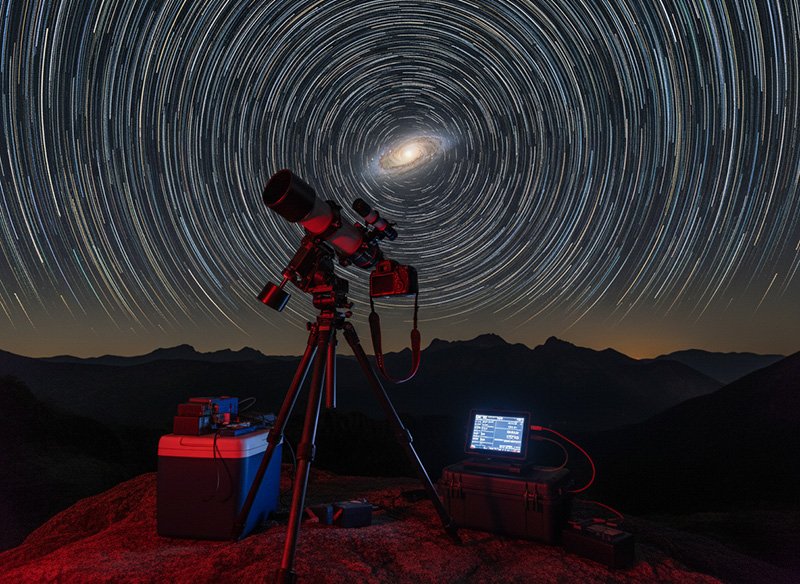Space travel excites humanity with exploration, milestones like Apollo and Mars missions, and potential asteroid resources for future habitats.
Key Takeaways 📝
- The Thrill of Exploration: Humanity’s fascination with space travel is not just about discovery; it’s a blend of adventure, scientific inquiry, and the hope of finding new worlds to inhabit.
- Asteroids as Resources: Recent studies suggest that asteroids could be crucial for future space missions, potentially providing water and minerals essential for sustaining life and fueling spacecraft.
- Commercial Space Travel is Here: Private companies like SpaceX and Blue Origin are transforming space travel from a government-led initiative into a booming commercial industry, making it more accessible than ever.
- Advancements in Human Spaceflight: NASA’s Artemis program and SpaceX’s Starship are paving the way for sustainable exploration of the Moon and Mars, indicating a new era of human presence beyond Earth.
- Understanding Microgravity’s Impact: Living in space presents unique challenges, including health risks related to microgravity and psychological effects from isolation, which are being actively researched to ensure astronaut well-being.
Introduction to Space Travel

The Fascination with Space
Since the dawn of humanity, the night sky has captivated our imagination. Stars twinkling high above have sparked dreams of other worlds and adventures beyond our own. Today, that fascination has evolved into a tangible pursuit—space travel. But what exactly is it about traveling to space that excites us so much? Is it the thrill of discovery, the quest for knowledge, or perhaps the hope of finding new homes among the stars?
What is Space Travel?
Space travel refers to the act of journeying beyond Earth’s atmosphere into outer space. This can encompass a range of activities, from sending satellites into orbit to manned missions to the International Space Station (ISS) and beyond. As technology advances, so does our understanding of space travel, opening up new possibilities for exploration and even habitation.
A Brief History of Space Exploration
To understand where we are today, it’s essential to look back at the milestones that have shaped space exploration. The launch of Sputnik by the Soviet Union in 1957 marked the beginning of the space age, followed by landmark events like Yuri Gagarin’s orbital flight in 1961 and the Apollo moon landings in the late 1960s. Each of these achievements has laid the groundwork for the ongoing exploration of our solar system and beyond.
The Current Landscape of Space Travel
Who is Leading the Charge?
Government Agencies
National agencies like NASA, ESA (European Space Agency), and Roscosmos (Russian Federal Space Agency) continue to spearhead many significant missions. Their commitment to scientific research and international collaboration has paved the way for groundbreaking discoveries and technological advancements.
Private Companies
In recent years, private companies like SpaceX, Blue Origin, and Virgin Galactic have entered the arena, transforming space travel from a government-only endeavor into a thriving commercial industry. These companies are not only pushing boundaries but also making space more accessible to private citizens.
Major Milestones in Recent Space Missions
Recent years have seen incredible achievements in space travel. The Mars rover Perseverance successfully landed on Mars in February 2021, marking a significant step in our quest to explore the Red Planet. Meanwhile, SpaceX’s Crew Dragon spacecraft has been transporting astronauts to the ISS since 2020, demonstrating the viability of private sector involvement in human spaceflight.
The Importance of Asteroids in Space Travel
Understanding Asteroids
Types of Asteroids
Asteroids are rocky remnants from the early formation of our solar system. They come in various types, including C-type (carbonaceous), S-type (silicaceous), and M-type (metallic). Each type offers unique insights into the building blocks of planetary bodies.
The Role of Asteroids in Our Solar System
Asteroids play a crucial role in our understanding of the solar system’s history. They are thought to be leftovers from planet formation, providing clues about how planets formed and evolved over billions of years.
Asteroids as Resources for Future Missions
Water and Minerals
One of the most exciting prospects for space travel is utilizing asteroids as resources. Many asteroids are believed to contain water, which can be used for life support systems or converted into rocket fuel. Additionally, they hold valuable minerals and metals that could support long-term space missions.
Potential for Sustainable Food Sources
A recent article from The New York Times highlights innovative research exploring how asteroids could help create sustainable food sources in space. Scientists are investigating methods to grow food using resources found on asteroids, paving the way for future missions that could sustain human life during extended stays beyond Earth.
The Science Behind Space Travel
How Does Space Travel Work?
Rocket Propulsion Basics
At its core, space travel relies on rocket propulsion. Rockets work by expelling gas at high speeds in one direction, propelling themselves in the opposite direction—thanks to Newton’s third law of motion. Understanding this principle is fundamental to designing spacecraft capable of reaching orbit and beyond.
Navigating the Cosmos
Navigating through space involves complex calculations and precise timing. Astronauts rely on advanced navigation systems to chart their course, while mission control monitors their trajectory from Earth.
Challenges of Living in Space
Microgravity Effects on the Human Body
Living in microgravity poses unique challenges for astronauts. Prolonged exposure can lead to muscle atrophy and bone density loss, necessitating rigorous exercise regimes while aboard spacecraft or stations like the ISS.
Psychological Factors in Long-Term Missions
The psychological effects of long-duration space travel cannot be underestimated. Isolation, confinement, and distance from Earth can take a toll on mental health. NASA is continuously researching ways to support crew members’ psychological well-being during extended missions.
The Future of Space Travel

Upcoming Missions and Innovations
NASA’s Artemis Program
NASA’s Artemis program aims to return humans to the Moon by 2025, with plans for sustainable exploration by 2028. This ambitious initiative seeks to lay the groundwork for future manned missions to Mars and beyond.
SpaceX’s Starship Developments
SpaceX’s Starship is designed for long-duration interplanetary travel. Its reusable design promises to reduce costs significantly, making space travel more accessible. With plans for missions to Mars on the horizon, Starship represents a key player in shaping our future in space.
The Vision for Colonizing Other Planets
Looking further ahead, space agencies and private companies are working towards colonizing other planets, particularly Mars. This vision involves developing habitats that can support human life, utilizing local resources for sustenance and energy. Such advancements could transform our understanding of life beyond Earth.
As we stand on the brink of a new era in space travel, it’s clear that our fascination with the cosmos fuels innovation and exploration. From harnessing resources from asteroids to pioneering sustainable missions to Mars, each step brings us closer to understanding our universe—and perhaps even finding new homes among the stars.
The journey ahead is filled with challenges and opportunities, but one thing is certain: humanity’s quest for knowledge will continue to push boundaries and inspire generations to come.
FAQs About Space Travel
What are the risks associated with space travel?
Space travel carries several risks, including exposure to radiation, equipment failure, and health issues related to microgravity. Astronauts undergo extensive training and preparation to mitigate these risks.
How long does it take to travel to Mars?
The journey to Mars typically takes about six to nine months, depending on various factors such as spacecraft speed and alignment between Earth and Mars.
Are there any plans for commercial space travel?
Yes! Companies like Virgin Galactic and Blue Origin are actively working on commercial space tourism, allowing civilians to experience suborbital flights in the near future.
What kind of training do astronauts undergo?
Astronauts undergo rigorous training that includes physical fitness, technical skills for operating spacecraft, survival training, and simulations of various mission scenarios.
How can asteroids contribute to sustainable space missions?
Asteroids may provide essential resources such as water and minerals that can be used for life support systems and fuel production, supporting long-term missions without relying solely on supplies from Earth.
























